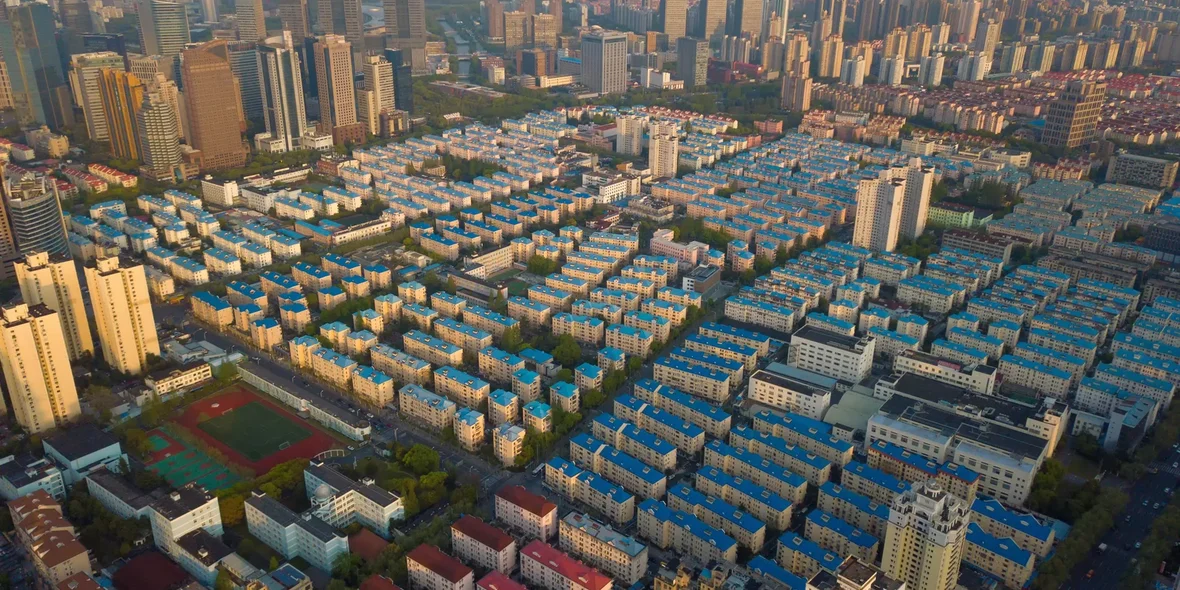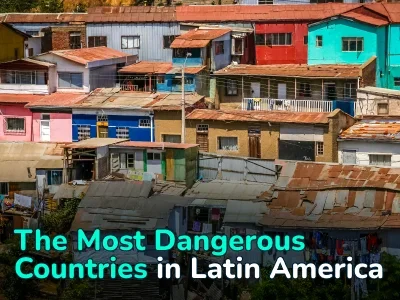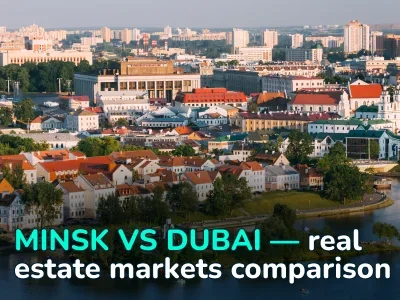
China's huge population can't fill the country's millions of empty homes. How did it happen?
China's housing surplus situation has reached astonishing proportions. The former deputy head of China's National Bureau of Statistics, He Keng, said that the number of empty houses in the country could accommodate as many as 3 billion people (the country's population is now 1.4 billion).
The 3 billion people who could find housing in China's empty houses are, to give an example, almost 10 times the population of the United States. This figure is based on expert estimates and implies that the number of vacant homes far exceeds the need for housing.
This astronomical figure has been debated in China for several years and is usually calculated based on official reports that the average house size in urban areas is 39 square meters, or about 420 square feet. Experts then take into account the average number of people in each Chinese family, which is 2.62.
Reasons for the housing glut in the Chinese market:
- Construction boom: In past decades, China has been actively building housing estates, supporting rapid economic growth. However, this construction boom turned into a real boom, leaving many homes unoccupied.
- Under-construction and defaults: Many construction companies, including major players, faced financial problems, leading to under-construction and company bankruptcies.
- Investment properties: Some homeowners buy properties as investments but do not use them for living, which increases the number of empty houses.
Economic and real estate market implications
- Economic Risk: Major defaults, such as the one that occurred with Evergrande, could pose significant risks to financial stability in China and even the global economy.
- Price restraint: A housing glut could put pressure on real estate prices, which could dampen investment interests and reduce property values.
However, the statement of He Keng and the recognition of the giant housing surplus are at odds with the central government's stance. In March, China's central bank said that the country's real estate sector was returning to normal and that “the recovery of market confidence has accelerated.”
Author
I am responsible for editorial work. I write expert interviews and guides.























